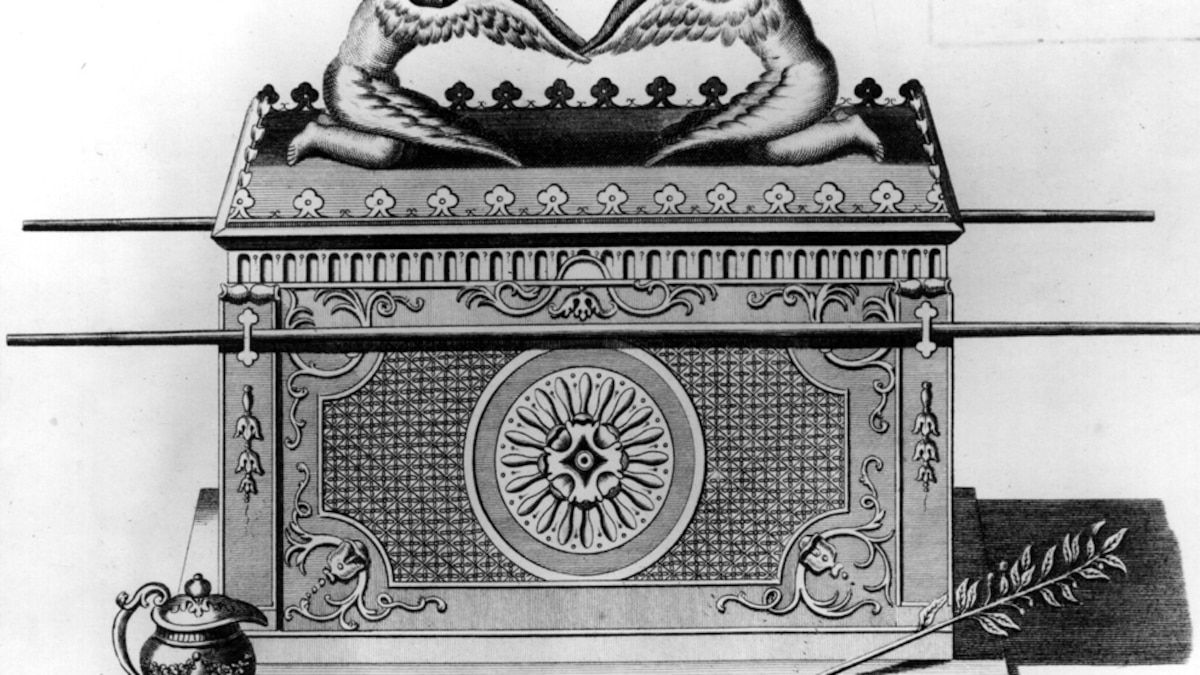In the vast tapestry of religious thought, the Ark of the Covenant occupies a pivotal and enigmatic position. It symbolizes not merely a physical object of biblical lore, but also profound spiritual truths woven through the Bahá’í teachings. What if the search for the Ark transcends a mere archaeological quest and instead becomes a metaphorical journey toward understanding divine will? This article delves into the Bahá’í perspective on the Ramifications of this quest, highlighting the interplay between symbolism and reality.
To navigate this multifaceted topic, it is essential first to unravel the historical significance of the Ark of the Covenant as described in Judaic tradition. Established as a sacred container for the tablets of the Ten Commandments, the Ark is imbued with an aura of divine authority. Its disappearance remains a point of contention among historians and theologians alike. Yet, from a Bahá’í perspective, the Ark signifies more than a tangible relic; it embodies God’s covenant with humanity and represents an ongoing process of divine guidance through successive revelations.
Bahá’í teachings assert that God reveals His will progressively through Manifestations, who bring forth teachings to meet the spiritual and social needs of their respective ages. The Ark, in this light, transforms into a symbol of the active relationship between God and humanity across different epochs. Each Manifestation, including Baha’u’llah, who is recognized as the latest in a line of prophets, serves as a contemporary Ark, embodying divine truths that guide humanity’s moral compass.
When contemplating the modern implications of the Ark’s symbolism, one might ponder: Can the search for the physical Ark lead us to a richer understanding of our spiritual responsibilities? The challenge lies in recognizing that the pursuit of the Ark should not become an obsession with the material; rather, it should encourage a collective awakening to the principles espoused by the Manifestations of God. The material quest becomes a powerful allegory for the spiritual odyssey each individual embarks upon in alignment with divine will.
At the heart of Bahá’í thought is the emphasis on unity and the oneness of humanity. The Ark’s esthetical symbolism reflects this inherent interconnectedness. Just as the Ark held the sacred commandments, the teachings of Bahá’u’lláh encapsulate an ethical framework that guides humanity toward justice, equality, and harmony. Each principle can be likened to one of the commandments, underscoring the relevance of spiritual laws in contemporary society. For instance, the principle of the oneness of humanity resonates with the Ark’s unifying purpose during times of discord. Thus, the teachings of Bahá’u’lláh serve as a modern manifestation of the enduring values once enshrined in the Ark.
Furthermore, the concept of the Ark can be enriched by examining the Bahá’í emphasis on the idea of the “covenant.” In Bahá’í terminology, the covenant signifies a divine promise that ensures guidance and protection for followers. This idea intricately ties the spiritual quest for the Ark with the collective consciousness of a community striving for adherence to divine principles. Consequently, the quest for understanding the Ark transforms into an endeavor to realize the implications of being in a covenant with God, fostering a commitment to justice and service to others.
In exploring the challenges that arise in this spiritual pursuit, one must consider the potential pitfalls of fundamentalism versus a progressive understanding of religious texts. The Ark’s symbolism, when seen solely in a literal context, may obscure the essential spiritual truths it represents. Returning to the question posed earlier, can one risk losing the forest for the trees, becoming ensnared in mere historical speculation? The Bahá’í teachings advocate for a critical and contextual engagement with religious narratives, emphasizing the need for ongoing interpretation in the light of current realities.
The synthesis of historical and contemporary paradigms encourages adept seekers to foster a meaningful dialogue around the relevance of ancient relics like the Ark. When viewed through the lens of Bahá’í teachings, the Ark transcends its historical confines and becomes an emblematic vessel for divine wisdom. This transition invites believers to contemplate their responsibilities not only to God but also to their communities, urging them toward a holistic understanding of their spiritual heritage.
As we draw closer to the fulfillment of a world founded upon Bahá’í principles, the Ark of the Covenant serves as a reminder of the spiritual heritage that calls individuals toward unity and collaboration. The teachings of Bahá’u’lláh delineate a path for realizing the aspirations captured within the original covenant, inviting humanity to view itself as stewards of a universal peace. divinely inspired.
In conclusion, the Ark of the Covenant finds its essence not in the quest for a physical abode but in embracing the symbolic resonance of its teachings that continue to echo through time. Through Bahá’í principles, the Ark becomes an enduring symbol of divine truth, beckoning each individual toward a deeper understanding of their role within the complex framework of spiritual existence. The playful question remains: are we ready to find the spiritual Ark within ourselves, recognizing that the journey is not merely about uncovering a lost artifact, but rather about rediscovering the divine values lying dormant in our hearts and communities?
